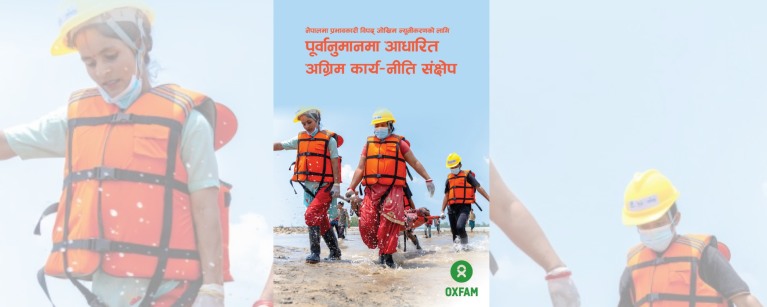Nepal's geographical diversity, ranging from Himalayan peaks to Terai flatlands, exposes the country to a wide range of natural hazards, thereby significantly increasing its disaster risk. Socioeconomic, environmental, and developmental factors have heightened the risk of climate-related disasters and earthquakes. Despite the implementation of the Sendai Framework, landslide fatalities increased from an annual average of 111 to 193 between 2015-2019 and 2020-2022. Conversely, flood deaths declined from 71 to 41 per year due to improved early warning systems. In recent years, proactive measures based on forecasting in disaster risk reduction have become increasingly popular around the world. This Policy Brief is based on a 2023 study commissioned by Oxfam in Nepal on the potential of forecast-based early action in Nepal. The study highlights the promising prospects of implementing early actions based on forecasts in the Nepalese context.
Content sections
